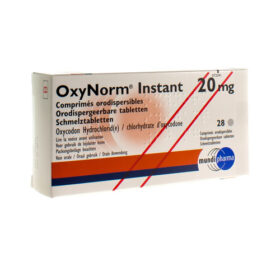Inside the non-branded packaging, MDMA would be contained in blister packs of 4-5 30 milligram pills in bar-form that could easily be halved into clearly delineated 15 milligram units. This would ensure that consumers can accurately measure how much MDMA they are consuming, and are able to easily limit their dosage where desired. By limiting the total MDMA content to 150 milligrams per packet, the risk of overconsumption is dramatically reduced.
The model that we propose for regulating MDMA is by no means the only one. However, it is clear that so long as MDMA is illegal, consumers will remain at the whim of unregulated production and sales practices. We wrote our new book, How to regulate stimulants: a practical guide, to open up necessary discussions on how policy reform for drugs like MDMA, cocaine and amphetamines can promote public health and human rights and, ultimately, save lives. The conversation on what this next, more humane, phase in drug policy should look like, is a vital one. This new book is our contribution to the conversation.
Transform’s contribution to the debate on MDMA regulation comes amidst growing international interest. This has included the 2019 ‘Roadmaps to regulation: MDMA’ report from the Beckley Foundation, proposals from the Schildower Kreis group in Germany, and most recently a detailed modelling exercise from a multidisciplinary expert group in the Netherlands. While the recommendations from these other initiatives differ in some details, it is reassuring to see that there is a high degree of alignment around broad regulatory principles. Exploring the details of how we regulate MDMA (and other drugs) is exactly where the debate needs to be.





Reviews
There are no reviews yet.